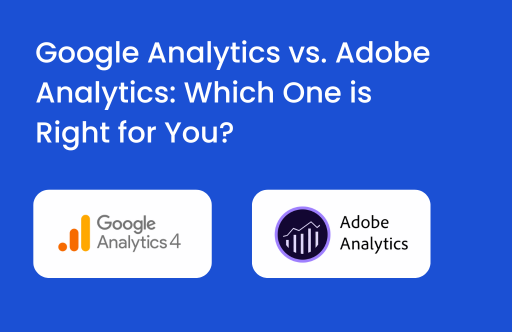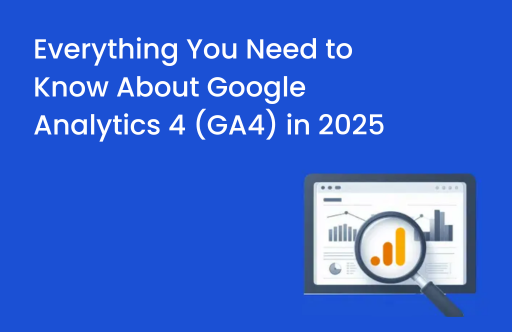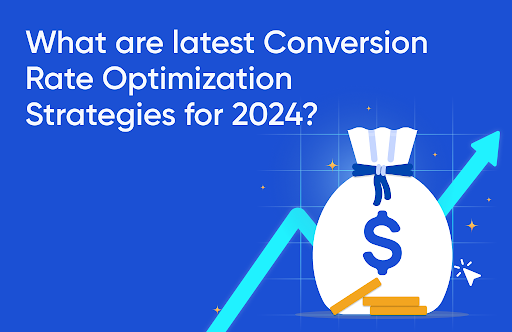When the COVID-19 pandemic broke out, much of the world moved online, accelerating a digital transformation that has been underway for decades. From a buzzword to a current-day reality, e-commerce in India has been experiencing remarkable growth, successfully changing the way people transact. People today can shop literally everywhere within minutes, be it their workstations or homes, and most importantly, at any time of the day at their leisure.

eCommerce as an industry is taking a huge evolutionary leap. We’ve come to a point where digitally native companies are working around voice commerce, partnering with local businesses on exclusive ads, and most of all testing a mix of Virtual and Augmented Reality giving impactful experiences.
How can eCommerce Analytics help here?
Considering the current state of the eCommerce Industry, Analytics can help in keeping an eye on the value generated by business and business growth. There are tremendous ways through which eCommerce Analytics can help in increasing the user base by targeting the specific audience to increase the conversion rate like:
- Marketing analytics
- Segmentation Analysis
- Predictive Analytics
What are the capabilities of Predictive Analytics?
Predictive Analytics provides e-commerce businesses with a deeper understanding of customer habits and preferences. When coupled with advanced Machine Learning capabilities, it can correlate data from different sources to create personalized recommendations for particular customers or segments.
What problems can be addressed through Predictive Analytics?
- How to give each customer the best shopping experience possible
- What products are in demand currently- and are likely to be in demand in future
- How to Create Customized Marketing Messages
- Who is the right set of people to remarket to?
- How much to spend on remarketing channels?
- What would be the right medium to invest in?
- Users who are likely to buy a particular product
- Users who are likely to purchase a product twice a month
- Users who are likely to use credit as a mode of payment
- Users who are likely to add the product to wishlist
How can Tatvic help in Predictive Analytics?
PredictN is a machine learning model that generates an Audience Segment (Qualified Visitors) who carry the probability of getting converted as a customer within the next ‘n’ days.
How does it work?

For more details visit here
Why should the eCommerce industry do Predictive analysis?
The internet, custom-made Apps, and Mobiles have undoubtedly changed the way we buy whether it is food, clothing, automobiles, etc. Due to the ease of availability options at finger tips, people have moved from Retail to Online, as it offers more convenience and offers.

To understand the data and make business-centric decisions, many companies are looking forward to cross-sell and up-sell their products and services to their customers by analyzing the data and targeting specific sets of audiences for remarketing. eCommerce analysis will help the companies gain an edge over their competitors, as they will know exactly whom to target to get maximum conversions, and what are the trends/products/services likely to create a boom in the future. Below mentioned are some of the techniques common techniques that companies use:
Social Selling

Social commerce offers a much more engaging experience, as the majority of the people, are socially active on the various social media platforms. People love the way in which products are displayed with short videos to highlight the central message. This way of social nudge helps drive instant sales.

Dynamic Pricing for Optimal Sales and Profit
To stand out in this highly-competitive environment, eCommerce companies need to monitor their competitors’ prices, analyze seasonal and historical demand, and react to These insights in nearly real-time. With the historical data of supply and demand, prediction can be more accurate with the needs of essential products geographically.

Subscription-Based Business Models
Subscription-based eCommerce is booming and has recently gained a lot of traction with the ease of automated direct debit on the monthly basis and many more. The subscription model holds the power to lure in new customers through Word of Mouth and have high conversion rates.
 Real-time conversation using Chatbot
Real-time conversation using Chatbot
Consumers have multiple queries while buying the product online and support executives may not be available all the time. With the help of AI Chatbots, the problem can be resolved. Chatbots are widely used by many eCommerce companies to provide real-time support for customers.
Conclusion
The future of eCommerce is not just limited to this, there is a way more to come. But summarizing the bit, analytics would also be evolving and finding new capabilities to generate insights on the same.





